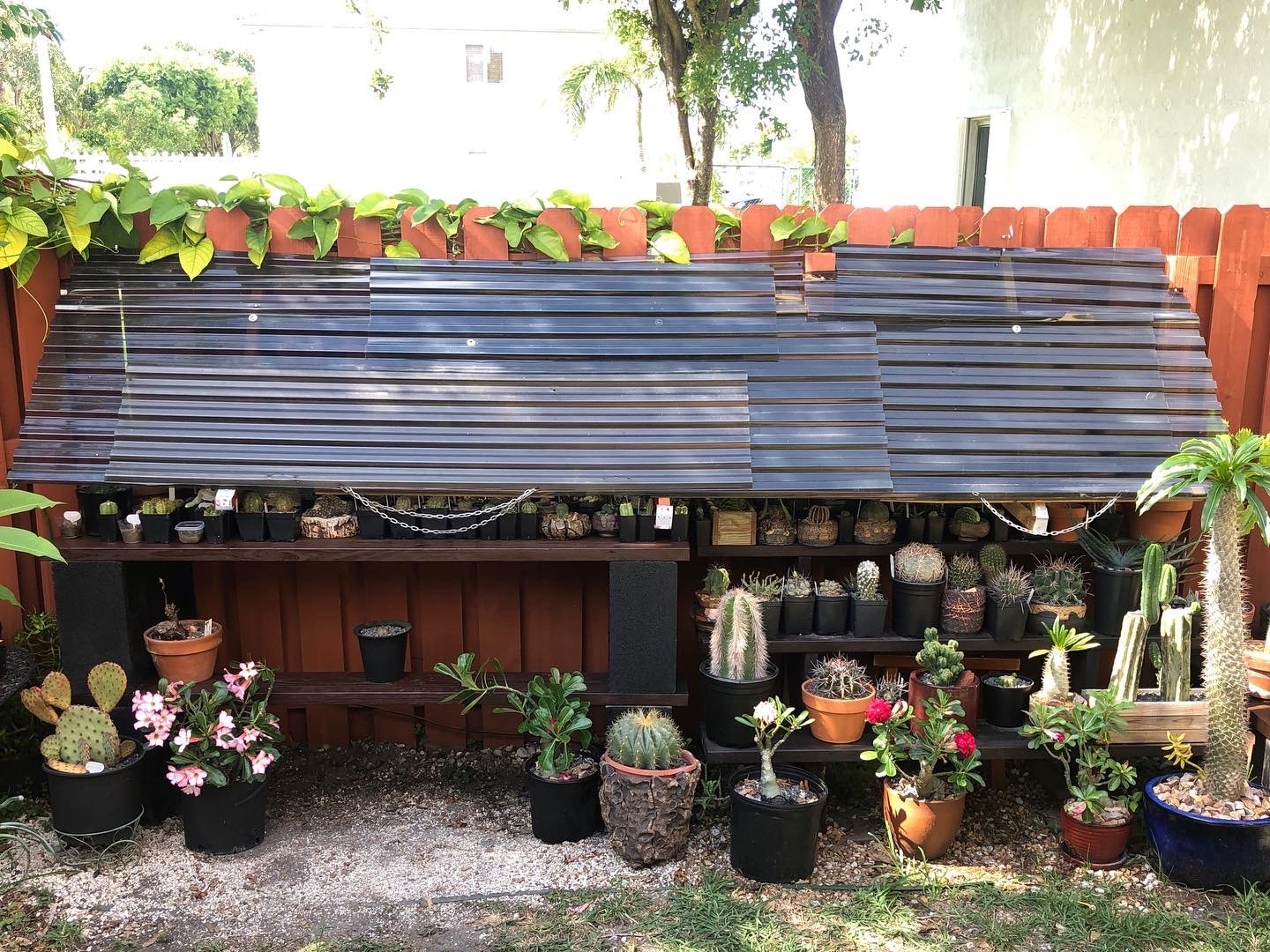How to root cactus cuttings and de-grafts
With the rapid growth of our hobby, more and more vendors are starting to sell de-grafted cacti and succulents, as well as cuttings from their mother plants. And with some of these vendors quickly running out of inventory, they no longer have time to wait for these plants to root and are therefore selling them unrooted.
Buying and receiving an unrooted plant can be daunting for new collectors since it can be quite scary not knowing for sure if your plant will survive. Read on to find out a bit more about the rooting process and hopefully increase your comfort level with unrooted cacti.
How long can an unrooted cactus survive?
Unrooted plants are not able to absorb as much moisture as rooted plants, since as you know rooting structures are responsible for the uptake of moisture. But how long do we have to successfully root these unrooted plants, before they die?
Cacti and succulents are different from other plants in that they use their thick stems and sometimes leaves to store moisture. They are also able to “pause” their development when they sense drought coming, or when their roots are damaged, broken off, or just have not yet developed (cuttings). A cactus or succulent in this suspended state will be able to survive much longer without moisture, than one that is actively growing - effectively increasing its chances of survival even without a root system. I have had unrooted Astrophytum (very slow growing) not show any signs of root development for over a year, before finally starting to set down roots. This means we should not worry too much about a cactus or succulent dying of dehydration while it is growing root, as long as we take a few precautions.
Extra care for unrooted plants
Since we know unrooted succulents automatically go into a sort of dormancy and are NOT actively growing, we should care not to expose them to direct, or strong sunlight. I personally place unrooted cuttings and de-grafts under 2 layers of mosquito net to provide just enough light to aid root production, while also providing just enough filter (shade) to keep them from dehydrating too quickly.
Asides from filtering the sunlight it’s also important not to pull unrooted plants from the soil in order to check for roots. Cacti and succulents survive by using hormones to “switch on” all kinds of processes within their biology (such as root production) and pulling the plant from it’s soil will interrupt this hormonal process and make the plant abort the production of roots. This is because, in nature, a cactus branch that falls on the floor will not survive if it produces root that is not able to reach the ground (and moisture) because producing root will deplete the energy stored within its tissue and without the roots reaching the ground it will be unable to restore that energy before it’s completely dehydrated - put into simpler terms, a cactus will wait for the perfect opportunity to set down root and will stop producing root if conditions are not optimal (when you pull the plant from it’s soil). For this reason, it’s always best to leave them to their own devices without checking on their progress.
When I plant an unrooted cactus or succulent, I will wait a month before I start lightly watering (only during the growing season) and after 6 months I will treat it as a rooted plant (regular watering and increased sunlight exposure). You will be pleasantly surprised at how well these plants do when you “neglect” them a bit.
How can you tell when a cactus has rooted?
There are two ways you can tell when a succulent has set down root without ever pulling it from the soil:
Lightly tug on the plant - if the plant moves freely it is likely not rooted. If it remains firm, it has successfully rooted.
Check for new growth - a cactus will not exhibit growth if it is unable to uptake any moisture. Any fresh growth you see above the soil line, will signify active growth of the root system as well.
What is the best soil to root cuttings?
Since the root structure is best left undisturbed, the best soil to use is exactly the same potting soil you plan on using once the plant has rooted. It is best not to try one soil mix for rooting and then re-pot once roots form since this will stunt their growth. I personally use ECC South American cactus soil for all of my cuttings and de-grafts as it contains only 15% organic content and holds moisture just long enough to support root growth, but drains quickly and is also perfect in the long run. I have heard of people using all-inorganic soil as well as all-organic soil to root cacti, but I believe heat, the correct light exposure, and light watering are much more crucial factors in root development than the amount of organic content in the soil.
Hopefully, this small guide will help clear some of your doubts regarding the process of root production in cacti and make you feel more confident in growing your own de-grafts and cactus cuttings. If you have any plants with multiple branches, you can try it out for yourself by taking a cutting, applying sulfur powder to cure the wound, and finally planting after a week or two when you see the wound has formed a hard callous. Good luck and happy growing!






